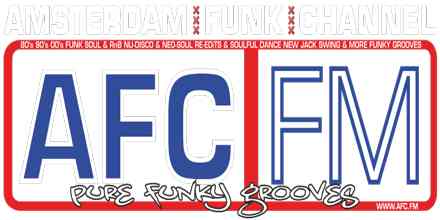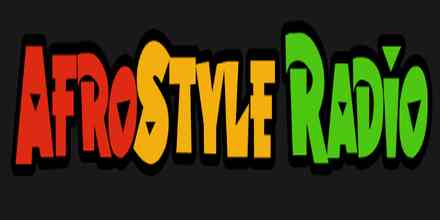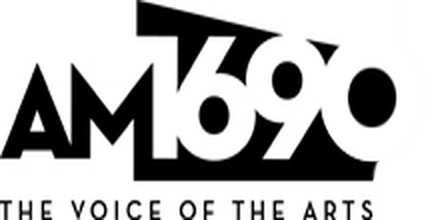Electronic music is a broad genre that encompasses a wide range of styles and subgenres, all characterized by the use of electronic instruments and technology in their creation. Originating in the mid-20th century, this genre has evolved significantly over the decades, incorporating elements from various musical traditions and pushing the boundaries of what is possible with sound.
At its core, electronic music relies on synthesizers, drum machines, sequencers, and digital audio workstations to produce and manipulate sounds. Early pioneers like Karlheinz Stockhausen, Wendy Carlos, and Kraftwerk laid the groundwork for this genre by experimenting with tape manipulation, analog synthesis, and live performance techniques. Their innovations paved the way for future artists to explore new sonic territories.
One of the most influential subgenres within electronic music is house music, which emerged in Chicago in the early 1980s. House music is known for its repetitive 4/4 beats, often produced using drum machines like the Roland TR-909, and its incorporation of elements from disco, soul, and funk. Pioneers such as Frankie Knuckles and Larry Levan played a crucial role in shaping this genre, which would go on to influence numerous other styles.
Techno, another seminal subgenre, originated in Detroit around the same time as house music. Characterized by its mechanical beats and industrial sounds, techno draws inspiration from futuristic themes and often features minimalist arrangements. Artists like Juan Atkins, Derrick May, and Kevin Saunderson, collectively known as the "Belleville Three," are credited with developing this genre, which has since spread globally.
Ambient music is another significant subgenre within electronic music, focusing on creating atmospheric soundscapes rather than traditional song structures. Pioneered by artists like Brian Eno and Tangerine Dream, ambient music often employs long, evolving textures and subtle changes in dynamics. This genre aims to evoke a sense of calm or introspection, making it popular for relaxation and meditation.
Electronic dance music (EDM) is an umbrella term that encompasses many subgenres, including house, techno, trance, dubstep, and more. EDM is designed specifically for dancing in nightclubs, festivals, and raves, with a strong emphasis on high-energy beats and catchy melodies. Artists like Daft Punk, Swedish House Mafia, and Skrillex have brought EDM to mainstream audiences worldwide.
Dubstep, originating in South London in the late 1990s and early 2000s, is known for its syncopated rhythms and sub-bass frequencies. This genre often features complex drum patterns and heavy basslines, creating a unique and intense listening experience. Producers like Skream, Benga, and Rusko were instrumental in developing dubstep, which has since influenced various other genres.
Trance music, popularized in the 1990s, is characterized by its repetitive melodies, arpeggiated synth lines, and build-up-and-breakdown structures. This genre aims to induce a trance-like state in listeners, often with extended tracks that gradually evolve over time. Artists like Paul van Dyk, Armin van Buuren, and Tiesto have become synonymous with this style.
Electro music, which emerged in the late 1970s and early 1980s, combines elements of electronic music with funk and hip-hop. Known for its use of the Roland TR-808 drum machine and robotic vocals, electro often features a more experimental approach to sound design. Pioneers like Afrika Bambaataa and Kraftwerk have had a lasting impact on this genre.
The evolution of electronic music has been driven by technological advancements, cultural exchanges, and artistic innovation. From the early experiments with tape manipulation to the modern-day use of sophisticated software and hardware, electronic music continues to evolve and diversify. Today, it encompasses a vast array of styles and influences, making it one of the most dynamic and influential genres in contemporary music.
In recent years, electronic music has seen a surge in popularity, with festivals like Tomorrowland, Ultra Music Festival, and Electric Daisy Carnival attracting millions of fans worldwide. The genre's ability to adapt and incorporate new elements ensures its continued relevance and appeal. Whether it's through the pulsating beats of house music, the atmospheric soundscapes of ambient, or the high-energy tracks of EDM, electronic music offers a rich and diverse listening experience for all tastes.
 5.6k
5.6k
 8
Netherlands, Amsterdam Electronic 192 kbps MP3
8
Netherlands, Amsterdam Electronic 192 kbps MP3 3.1k
3.1k
 1
Belgium, Boom Electronic 192 kbps MP3
1
Belgium, Boom Electronic 192 kbps MP3 2.8k
2.8k
 1
United Kingdom, London Electronic 128 kbps MP3
1
United Kingdom, London Electronic 128 kbps MP3





































